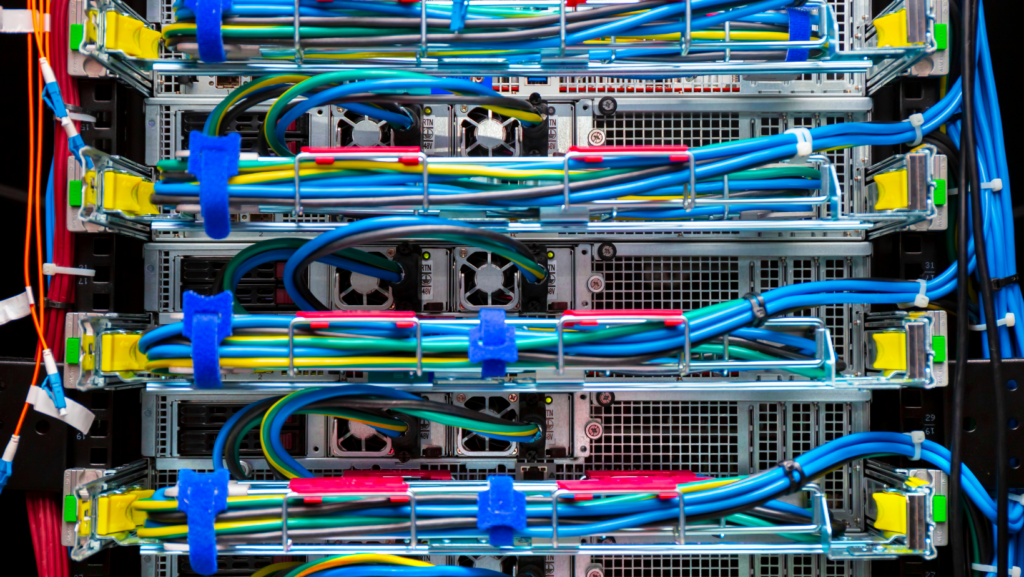In today’s fast-paced digital landscape, remote server management has become a cornerstone for businesses striving to maintain seamless operations. As organizations expand globally, the ability to manage servers remotely ensures that IT infrastructures remain efficient and secure, regardless of physical location. This capability not only reduces the need for on-site personnel but also enhances flexibility and scalability.
Companies are increasingly relying on remote server management to monitor performance, troubleshoot issues, and implement updates without being tethered to a specific location. This approach empowers IT teams to respond swiftly to challenges, minimizing downtime and maximizing productivity. With the right tools and strategies, businesses can ensure their servers are optimized and secure, paving the way for growth and innovation.
Remote Server Management

Remote server management involves overseeing and controlling IT server functions without physical interaction. This approach enables administrators to manage servers from any location, ensuring a seamless continuation of services. Various technologies, such as secure shell (SSH) protocols and virtual private networks (VPNs), facilitate secure connections to remote servers.
Administrators use remote server management software for tasks like monitoring system performance, applying software patches, and automating routine processes. Tools such as Ansible and Nagios offer precise monitoring capabilities, detecting issues before they affect operations. This proactive management reduces the need for physical server access, conserving time and resources.
Key Features of Remote Server Management
Access and Control
Remote server management provides centralized access and control to IT administrators. They can interact with servers from any location using web-based interfaces or command-line tools. This access simplifies system management and configuration while reducing the need for physical presence. Tools like Remote Desktop Protocol (RDP) and Secure Shell (SSH) enable seamless connectivity, allowing for real-time system updates and troubleshooting.
Security Measures
Ensuring data integrity and confidentiality is a top priority in remote server management. Implementing encryption protocols and multi-factor authentication (MFA) helps protect sensitive information. Firewall configurations and virtual private networks (VPNs) further secure server access by creating encrypted tunnels for data transmission. Regular security audits and patch management prevent vulnerabilities and unauthorized access.
Benefits of Remote Server Management

Cost-Effectiveness
Businesses can significantly reduce operational expenses through remote server management. Traditional on-site maintenance incurs costs for travel, accommodation, and manpower. Remote management eliminates these, allowing companies to allocate resources elsewhere. Remote server tools like TeamViewer and GoToMyPC further minimize costs by facilitating remote diagnostics and issue resolution without physical intervention.
Improved Productivity
Remote server management boosts productivity by enabling IT teams to perform tasks efficiently from anywhere. Features such as automated updates and remote troubleshooting free up time spent on routine tasks, allowing staff to focus on strategic projects. Proactive monitoring solutions—like Ansible and Nagios—ensure systems run optimally, with reduced downtime ensuring uninterrupted business operations.
Challenges in Remote Server Management
Security Risks

Remote server management involves significant security risks. Unauthorized access to servers can lead to data breaches and system compromises. Techniques such as encryption and multi-factor authentication (MFA) mitigate these risks, but administrators remain vigilant. Regular security audits and updates protect sensitive data. Tools like firewalls and intrusion detection systems create additional security layers to shield servers from malicious activities.
Maintaining reliable connectivity is crucial for remote server operations. Network disruptions impact real-time monitoring, updates, and troubleshooting. To address these issues, robust internet connections and backup systems are vital. Administrators use technologies like load balancing and failover strategies to ensure consistency. Optimizing bandwidth allocation enhances performance, minimizing latency and enhancing server management efficiency.
Top Tools for Remote Server Management
Software Solutions
Software solutions form the backbone of remote server management, offering features for monitoring, automation, and security.
Hardware Tools
Hardware tools complement software solutions in remote server management by providing physical access control and enhanced security.



